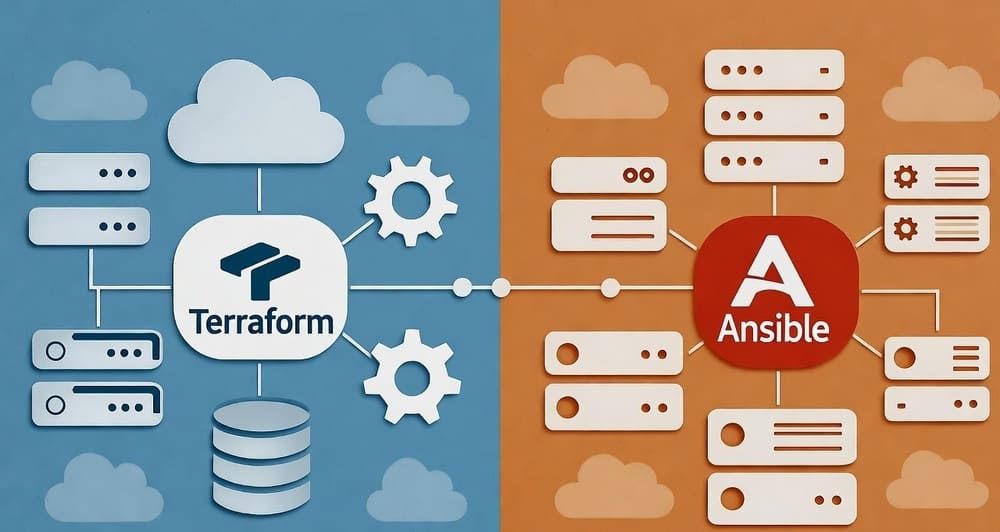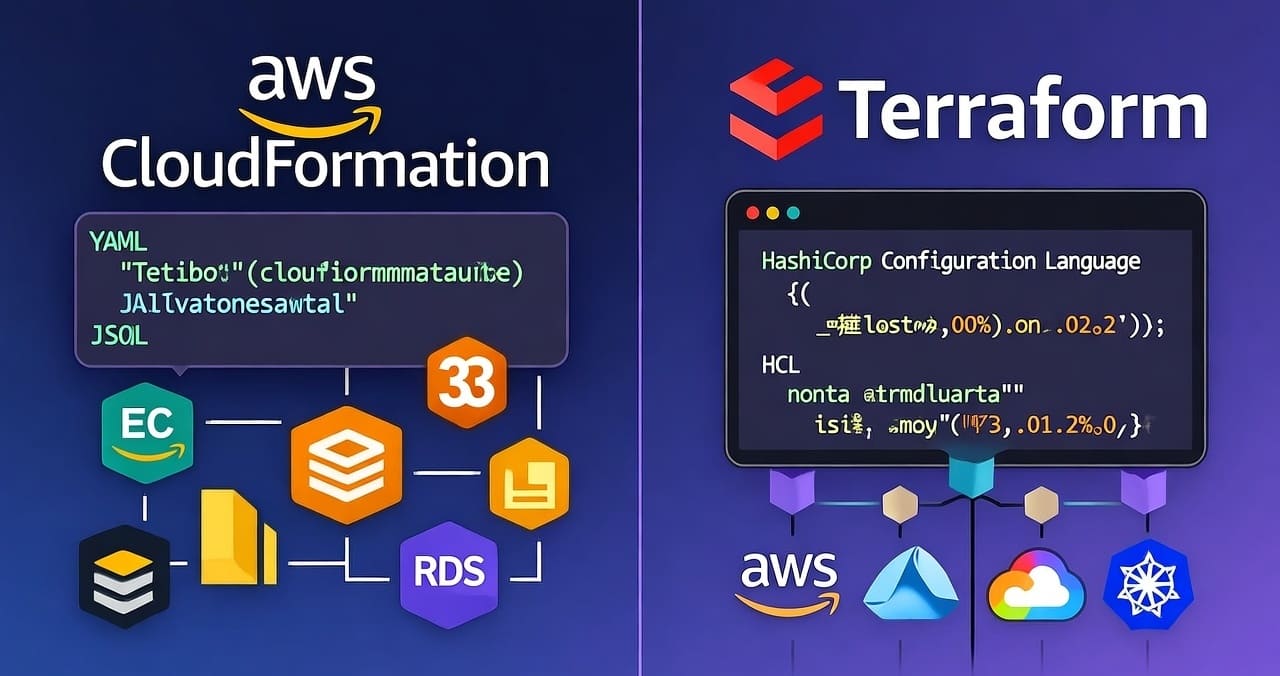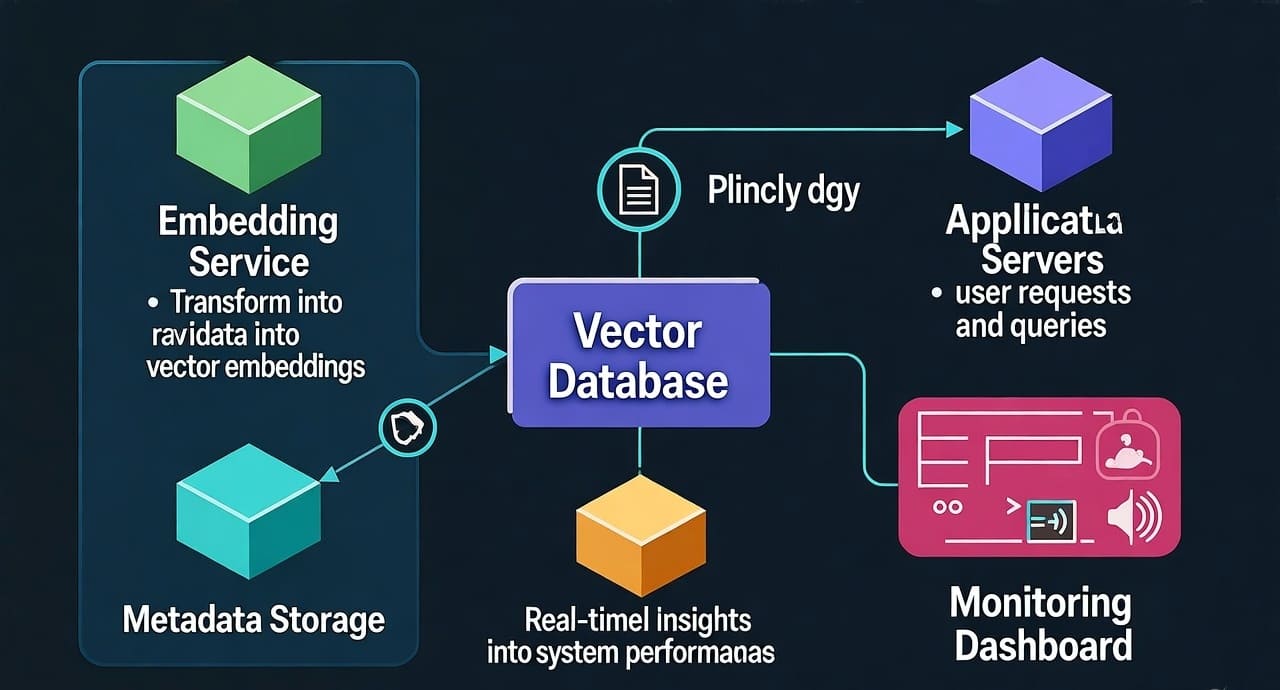Oracle Partitioning Playbook: Range vs List vs Hash; Local vs Global Indexes; Exchange/Merge/Split with Timelines
Introduction — Why this matters
Your Oracle tables keep growing. Queries slow down, maintenance windows explode, and index rebuilds hijack weekends. Partitioning is the lever that turns “one huge table” into many manageable chunks. Done right, it unlocks partition pruning, faster maintenance, and predictable performance. Done wrong, it adds complexity, unusable indexes, and skew.
This playbook gives you a no-fluff, production-grade guide to when and how to use range, list, and hash partitioning; how to choose local vs global indexes; and how to run exchange/merge/split operations with realistic timelines.
The Mental Model
- Partitioning = physical layout, not logical schema. Apps still see one table.
- Pruning is king. Choose a key that aligns with your query predicates.
- Maintenance is local. Touch only the partitions you need; keep ops online.
Choosing a Partitioning Strategy
Quick selector
| Scenario | Choose | Why |
|---|---|---|
| Time-based facts (daily/monthly loads), queries filter by date | Range | Natural windowing, partition pruning, easy roll-in/out |
| Known, finite domains (COUNTRY_CODE, TENANT_ID) with per-domain SLAs/retention | List | Isolate hot/warm tenants or regions; targeted maintenance |
| Uniform high-ingest OLTP where key has no natural ranges, avoid hotspotting | Hash | Even distribution, avoids skew; simpler inserts |
| Time + uniform distribution inside each period (hot partitions) | Composite: Range-Hash | Prune by time, spread IO/locks within period |
| Time + domain isolation | Composite: Range-List | Month buckets per region/tenant |
Rule of thumb: Start with Range on a time column unless you have a stronger isolation requirement (tenancy/region) or severe hotspotting.
Range vs List vs Hash Explained (with concise SQL)
RANGE partitioning
Best for time-series and rolling retention.
CREATE TABLE sales_fact (
sale_id NUMBER,
sale_date DATE NOT NULL,
store_id NUMBER,
amount NUMBER
)
PARTITION BY RANGE (sale_date) (
PARTITION p2024q4 VALUES LESS THAN (DATE '2025-01-01'),
PARTITION p2025q1 VALUES LESS THAN (DATE '2025-04-01')
);
-- Add next window:
ALTER TABLE sales_fact ADD PARTITION p2025q2 VALUES LESS THAN (DATE '2025-07-01');
Pros: prune by date; easy MERGE windows; EXCHANGE to backfill.
Cons: skew if all traffic lands in the newest partition.
LIST partitioning
Isolate known categories.
CREATE TABLE customer_events (
event_id NUMBER,
tenant_id VARCHAR2(20) NOT NULL,
event_ts TIMESTAMP,
payload CLOB
)
PARTITION BY LIST (tenant_id) (
PARTITION p_us VALUES ('US'),
PARTITION p_eu VALUES ('EU'),
PARTITION p_apac VALUES ('APAC'),
PARTITION p_rest VALUES (DEFAULT)
);
Pros: tenant/region isolation, per-partition retention and SLAs.
Cons: need to curate values; risk of DEFAULT becoming a dumping ground.
HASH partitioning
Uniform spread when no pruning key exists or you need to avoid hotspots.
CREATE TABLE session_kv (
session_id VARCHAR2(64) NOT NULL,
updated_at TIMESTAMP,
value BLOB
)
PARTITION BY HASH (session_id)
PARTITIONS 16 STORE IN (tbs_p1, tbs_p2);
Pros: balances IO/locks; smooth insert throughput.
Cons: no pruning unless predicate hits the hash key exactly; retention is coarse.
Local vs Global Indexes
| Index Type | Structure | When to Use | Pros | Cons |
|---|---|---|---|---|
| Local | One index per partition | Most workloads; aligns with pruning | Partition-wise maintenance; exchange/split/merge keep indexes local & valid; parallelizable | Queries spanning many partitions touch many index segments |
| Global | One index over entire table | Cross-partition unique constraints; heavy multi-partition point lookups | Single structure for fast lookups across partitions | Maintenance pain: partition DDL can mark global indexes UNUSABLE unless UPDATE GLOBAL INDEXES; longer rebuilds |
Default stance: prefer LOCAL. Reach for GLOBAL only when you truly need global uniqueness or performance for cross-partition lookups.
-- Local index
CREATE INDEX ix_sales_store_local ON sales_fact(store_id) LOCAL;
-- Global unique (e.g., business key across time)
CREATE UNIQUE INDEX ux_order ON orders(order_number) GLOBAL;
Tip: If you must go global, plan DDL windows and use UPDATE GLOBAL INDEXES where latency is acceptable.
Operational DDL: Exchange / Merge / Split
These are your zero/low-downtime tools for managing data movement and shape.
1) EXCHANGE PARTITION
Swap a partition with a (compatible) table without moving data.
Use cases:
- Backfill or reprocess a day offline, then swap in.
- Fast load: bulk load into a staging table, then exchange.
Flow & timeline (range by date)
T-60 min Create stage table with identical structure/PKs/constraints
T-55 min Load/transform into STAGE_2025_01_10, build LOCAL indexes, gather stats
T-05 min Validate counts/checksums
T-00 min ALTER TABLE sales_fact EXCHANGE PARTITION p2025_01_10
WITH TABLE stage_2025_01_10 INCLUDING INDEXES WITHOUT VALIDATION;
T+02 min Drop or archive stage table
Gotchas:
- Structures must match (columns, datatypes, nullability, PK/UK).
- For LOCAL indexes,
INCLUDING INDEXESpreserves usability. - GLOBAL indexes: consider
UPDATE GLOBAL INDEXESor expect unusable segments.
2) SPLIT PARTITION
Divide a big/hot partition into smaller ones.
ALTER TABLE sales_fact
SPLIT PARTITION p2025q1 AT (DATE '2025-02-15')
INTO (PARTITION p2025q1a, PARTITION p2025q1b)
UPDATE GLOBAL INDEXES; -- only if you have global indexes
When:
- A time partition got too large.
- You need finer retention or parallelism.
Timeline
T-15 min Ensure enough tablespace; check blocking sessions
T-10 min If global indexes exist, budget time for maintenance
T-00 min SPLIT ... [optionally] UPDATE GLOBAL INDEXES
T+05 min Validate row counts per partition; gather partition stats
Gotchas: SPLIT may mark global indexes unusable if you omit UPDATE GLOBAL INDEXES. Local indexes split automatically.
3) MERGE PARTITIONS
Combine adjacent partitions (range) or values (list).
ALTER TABLE sales_fact
MERGE PARTITIONS p2024q4, p2025q1 INTO PARTITION p_merged
UPDATE GLOBAL INDEXES;
When:
- Cold data consolidation to reduce partition count.
- Post-migration cleanup.
Timeline
T-10 min Confirm adjacency/order and tablespace
T-00 min MERGE ... [consider] UPDATE GLOBAL INDEXES
T+03 min Re-gather stats on merged partition
Gotchas: Only adjacent range partitions can merge. For list, the target partition must represent the union of values.
Partition Lifecycle Runbook (Daily Load Example)
Goal: Range partitioned fact by business_date with daily roll-in/out.
- Provision next-day partition
ALTER TABLE sales_fact ADD PARTITION p2025_11_22 VALUES LESS THAN (DATE '2025-11-23'); - Load into stage table (offline), build local indexes, stats.
- Exchange in
ALTER TABLE sales_fact EXCHANGE PARTITION p2025_11_22 WITH TABLE stage_sales_2025_11_22 INCLUDING INDEXES WITHOUT VALIDATION; - Purge old partitions (rolling retention)
ALTER TABLE sales_fact DROP PARTITION p2024_11_22 UPDATE GLOBAL INDEXES; - Stats & health
DBMS_STATS.GATHER_TABLE_STATSwithgranularity => 'PARTITION'.- Validate
ALL_TAB_PARTITIONSbytes/num_rows.
SLA reality: Exchange is usually seconds; stats gather time depends on size; global index updates can dominate if present.
Best Practices
- Design for pruning first. Your most common
WHEREclauses should align with the partition key. - Prefer LOCAL indexes. Less maintenance pain; operations stay partition-scoped.
- Pre-create partitions. Avoid insert failures and “mid-load” ADD PARTITION DDL.
- Use composite partitioning when you need both pruning and distribution.
- Automate stats at the partition level; avoid whole-table stats on large objects.
- Name clearly.
pYYYY_MM_DDbeatsp1. Your future self will thank you. - Watch partition counts. Thousands are fine; millions hurt dictionary/parse time.
- Document retention by partition. Make DROP/ARCHIVE a daily job, not an incident.
- Test EXCHANGE contracts. Build a schema check to guarantee structural compatibility.
- Global indexes: minimize & isolate. If required, keep their number small and schedule DDL when impact is lowest.
Common Pitfalls
- Global index carnage. Forgetting
UPDATE GLOBAL INDEXESduring SPLIT/MERGE/DROP will leave them UNUSABLE. - Skewed list partitions. A “catch-all” DEFAULT that captures 80% of rows negates the benefits.
- Hash with no pruning. Great inserts, disappointing analytics—know the trade-off.
- Mismatched EXCHANGE structures. One nullable column difference → operation fails late.
- Over-partitioning. Tiny partitions increase overhead and complicate plans; batch small days into weeks/months if needed.
Short, Focused Examples
Create composite: RANGE-HASH
CREATE TABLE clicks (
click_ts TIMESTAMP NOT NULL,
user_id NUMBER NOT NULL,
url VARCHAR2(4000)
)
PARTITION BY RANGE (click_ts)
SUBPARTITION BY HASH (user_id) SUBPARTITIONS 8
(
PARTITION p2025_11_21 VALUES LESS THAN (TIMESTAMP '2025-11-22 00:00:00'),
PARTITION p2025_11_22 VALUES LESS THAN (TIMESTAMP '2025-11-23 00:00:00')
);
Drop oldest (rolling retention)
ALTER TABLE clicks DROP PARTITION p2025_10_21 UPDATE GLOBAL INDEXES;
Rebuild unusable global index (if you forgot)
ALTER INDEX ux_order REBUILD ONLINE;
Comparison Table — What to pick and why
| Dimension | Range | List | Hash |
|---|---|---|---|
| Pruning effectiveness | Excellent (time windows) | Excellent (category filters) | None (unless exact key) |
| Insert hotspot risk | High on latest | Medium (depends on value skew) | Low |
| Retention ops | Easy (DROP old partitions) | Per-value | Coarse, unless composite |
| Backfill via EXCHANGE | Great | Good | OK |
| Setup complexity | Low | Medium (value management) | Low |
Internal Link Ideas (for your site)
- “Designing Composite Partitioning (Range-Hash & Range-List) in Oracle”
- “Global Index Survival Guide: Online Rebuilds, Partially Unusable Segments, and DDL Strategy”
- “From Partitions to Pipelines: Rolling Retention with Oracle + Airflow”
- “Query Tuning with Partition Pruning Plans (EXPLAIN + Real Examples)”
Conclusion & Takeaways
Partitioning is a performance feature and an operational tool. Pick a strategy that mirrors your query patterns and retention model. Default to range on time, keep indexes local, and use exchange for zero-copy loads. Treat global indexes as an exception with a clear maintenance plan. Automate the boring parts—stats, roll-in/out, health checks—and your “big table” problems stay small.
TL;DR
- Align the partition key with filters you actually use.
- Prefer local indexes; limit global ones.
- Exchange for fast loads; split/merge for shape control.
- Automate retention and stats at the partition level.
Image prompt
“A clean, modern Oracle partitioning diagram showing a range-partitioned fact table with local indexes; side panels illustrate EXCHANGE, SPLIT, and MERGE operations over time — minimalistic, high contrast, 3D isometric style.”
Tags
#Oracle #Partitioning #DatabaseDesign #Performance #DataEngineering #Indexes #Scalability #Operations








Leave a Reply